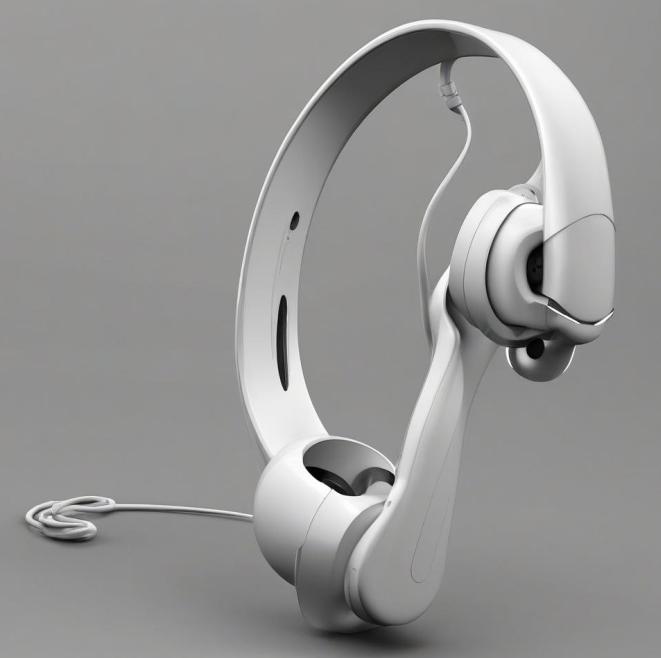
- Author
- 12 January 2026
Enhancing Electronic Products with Vacuum Casting Technology
In the fast-paced world of electronics, precision and quality are paramount. The demand for innovative and reliable electronic products has led manufacturers to seek advanced production techniques. One such technique making waves in the industry is vacuum casting. This blog explores how vacuum casting technology is enhancing electronic products, driving innovation, and ensuring superior quality.

Understanding Vacuum Casting
Vacuum casting is a manufacturing process that involves creating prototypes and small production runs by using silicone molds and a vacuum to eliminate air bubbles and ensure high-quality finishes. The process typically involves the following steps:
- Master Model Creation: A master model, usually made through 3D printingor CNC machining, serves as the basis for the silicone mold.
- Mold Making:Liquid silicone is poured around the master model to create a flexible mold. Once cured, the mold is cut open to reveal a cavity in the shape of the master model.
- Casting: The mold is filled with a chosen material (usually polyurethane)under vacuum to avoid air entrapment and ensure a smooth, bubble-free finish.
- Curing and Finishing: The cast parts are cured, removed from the mold, and finished as needed.
Benefits of Vacuum Casting in Electronics
- Precision and Detail: Vacuum casting produces highly detailed and precise components, crucial for intricate electronic parts.
- Material Versatility: A wide range of materials(ABS, PP, PC, NYLON, Acrylic, Rubber, Food-grade, UV resistance…)can be used, including those mimicking the properties of production plastics and rubber.
- Cost-Effective Prototyping:Vacuum casting is an economical way to create functional prototypes and small batches without the high costs associated with injection molding.
- Quick Turnaround:The process is only takes 1 week, allowing for rapid prototyping and quicker time-to-market for new products.
Applications in the Electronics Industry
Vacuum casting technology is widely used in the electronics industry for various applications:
– Prototyping and Testing: Engineers and designers use vacuum casting to create functional prototypes for testing form, fit, and function before committing to mass production.
– Custom Enclosures: Custom electronic enclosures and housings are produced with high precision, ensuring protection and durability for delicate electronic components.
– Connector and Component Manufacturing: High-quality connectors, switches, and other small components are manufactured using vacuum casting, ensuring reliable performance.
– Low-Volume Production: Vacuum casting is ideal for producing small batches of parts, roughly 10 to 500 pieces, especially when the demand doesn’t justify the cost of injection molding.
Case Study: Enhancing Wearable Electronics
Wearable technology is one area where vacuum casting has made significant contributions. Manufacturers of smartwatches, fitness trackers, and other wearable devices rely on vacuum casting for rapid prototyping and low-volume production of custom parts. The ability to produce lightweight, durable, and precisely detailed components ensures that wearables not only function flawlessly but also meet aesthetic and ergonomic standards.
Future Trends and Innovations
As technology advances, vacuum casting is expected to evolve further, incorporating new materials and techniques. Innovations such as hybrid casting methods and improved silicone mold technologies will enhance the versatility and efficiency of vacuum casting. Moreover, the integration of automation and digitalization will streamline the process, reducing lead times and increasing production capabilities.
Read 3D Printing Vs Vacuum Casting Vs Injection Molding
Conclusion
Vacuum casting technology is revolutionizing the electronics industry by providing a cost-effective, precise, and versatile solution for prototyping and low-volume production. Its ability to produce high-quality components quickly and reliably makes it an invaluable tool for manufacturers striving to innovate and stay competitive in the ever-evolving electronics market.
Whether you’re a seasoned engineer or an aspiring entrepreneur, understanding and leveraging vacuum casting technology can be a game-changer for your electronic product development endeavors. Embrace the future of manufacturing and enhance your electronic products with the power of vacuum casting.


 English
English Deutsch
Deutsch Español
Español Français
Français Italiano
Italiano 日本語
日本語 Русский
Русский 中文
中文





